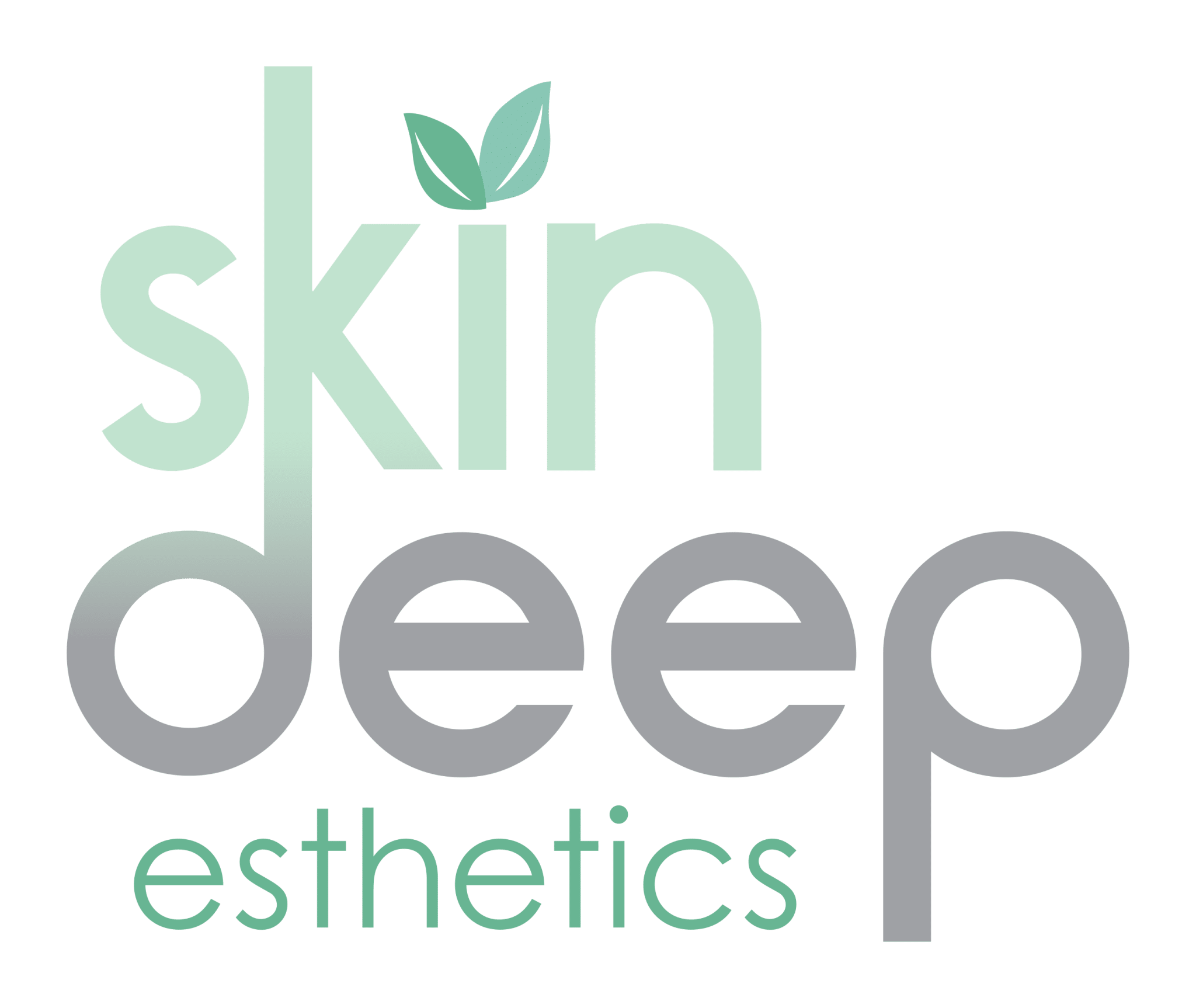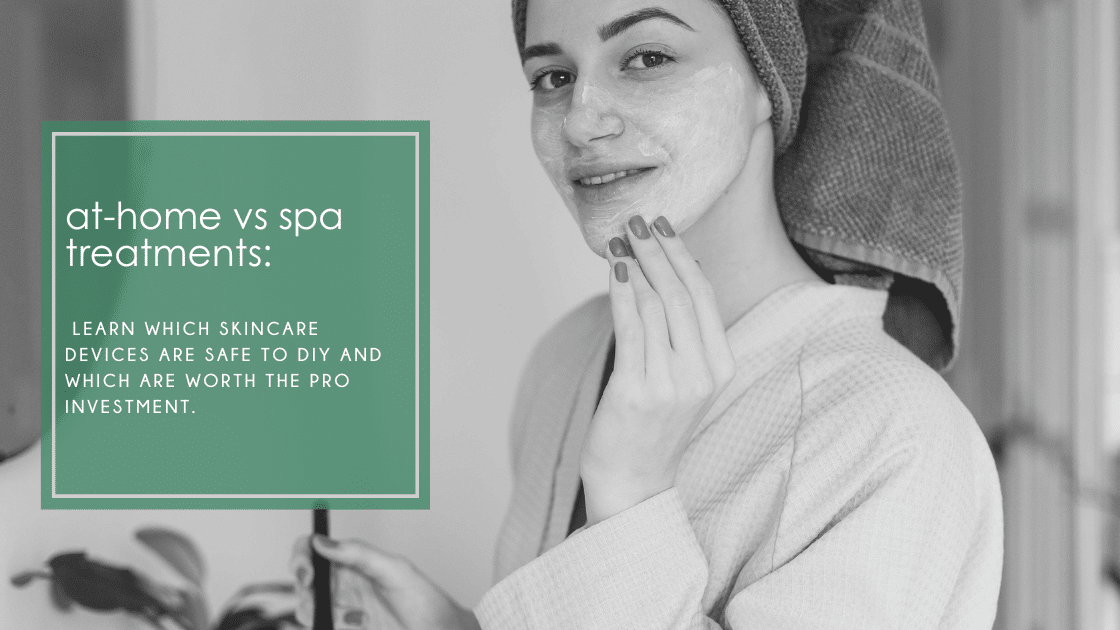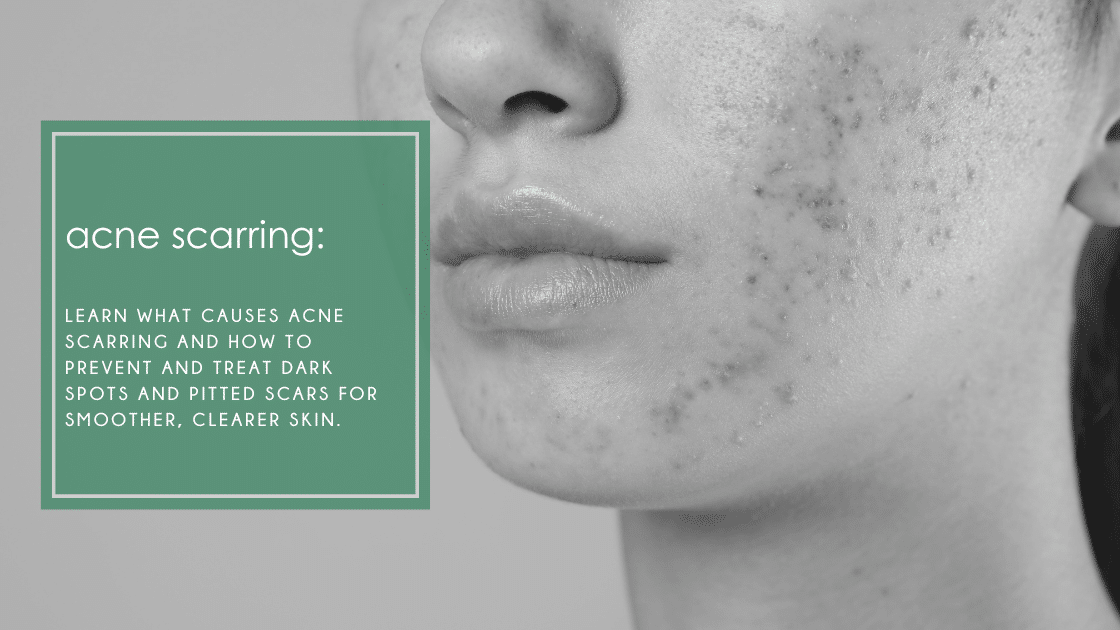Save or Splurge? At-home vs Professional Facial Treatments
At-home vs Spa treatments
These days, everyone is trying to save money to “look” their best. Now more than ever, there are more devices that give the option to do your own facials and treatments at home. How effective is this? And are you really saving money? Today, we are comparing both types of treatments, so you can make an informed decision as to which treatments you can save money on and which you should invest in professionally. Let’s dig in!
Professional treatments are done in a spa, facial clinic, or med spa by licensed estheticians. Our license gives us the ability to work at the epidermal level, delivering higher actives into the skin. However, since Covid, the emergence of consumers doing at-home treatments has increased as more people money-conscious. According to the Global Cosmetics Industry, “And, as consumers look to save money, they may prolong the time between expensive salon treatments—if they are able to maintain some of the benefits at home by using products (like the UV devices) at home for a lower cost per use.”
The most commonly used at-home devices are Red Light Therapy, microcurrent, and microneedling (which, to an esthetician, is scary in the hands of an untrained consumer). Followed up by at-home facials, chemical peels, and dermaplaning treatments.
Is Red Light Therapy Better At Home or in the Spa?
Red Light therapy has gained popularity this past year and is one of the most popular facial treatments of 2025. However, red light therapy has been used in spas and medical spas for decades to treat aging, hyperpigmentation, and acne.
When it comes to professional treatments, they tend to be more powerful than over-the-counter devices, because estheticians and dermatologists use the light to penetrate the dermis. According to Stanford Medicine, “Red light therapy, particularly for hair growth or skin rejuvenation, delivered in a clinic will almost always be more powerful than any at-home device.”
Is There a Difference in Quality of Red Light Therapy at Home vs Spa?
Yes! Professional treatments have higher light intensity and deeper penetration for quicker results. While at-home devices tend to have lower light intensity and less penetration for safety measures. These devices are FDA-approved and, in untrained hands, can harm the skin. At-home devices must be less potent to minimize risk.
Is At-Home Microcurrent Worth it?
Yes. At-home microcurrent devices are a cost-saving way to improve skin tone and appear more youthful. However, these devices are less powerful than professional ones, which means you would need frequent treatments for the same results as professional treatments. We do recommend pairing an at-home device with professional treatments to maximize your benefits.
Do Professional Microcurrent Treatments Work?
Yes, this is one of our most popular treatments at Skin Deep Esthetics. Our microcurrent device targets the lymphatic system to reduce fluid and swelling in the face, strengthen collagen, and tighten muscles so your results last. We have had a lot of client success with many who do a weekly microcurrent series, then move to monthly treatments and maintain results with their at-home devices.
Is Microneedling Better With or Without a Pro?
For safety and efficacy, microneedling is best done by a professional. Microneedling uses a device that delivers tiny needles into the skin, penetrating the dermis. In untrained hands, this can cause damage to the skin. There are two types of at-home devices: Dermaroller, which is a spiky roller to penetrate serums. And a microneedle-like device that is not as deep as a microneedling pen. The depths tend to be around .25-.5 depth, which in some states is out of the scope of an esthetician.
There is increased risk when applying a serum and using needles to break the skin barrier. According to DermaPen, “It is imperative to prioritize regulated and precise microneedling practices to safeguard skin health and achieve optimal outcomes. Beyond inaccurate microneedling practices, additional dangers for at-home microneedling include the incorrect use of serums/topicals and improper treatment frequency, which can also cause irreversible damage.”
Which Type of Microneedling is Best?
There are three types of needling treatments: Nanoneedling, Microchanneling, and Microneedling.
Nanoneedling uses microscopic silicone cones to create microchannels in the skin, allowing for product penetration, whilst stimulating collagen production.
Microchanneling uses tiny microneedles to create microinjuries on the skin. This allows for product penetration and stimulates collagen production. Microchanneling is a stamping device that goes up and down on the skin’s surface.
Microneedling uses fine needles to create tiny punctures in the skin. This can be done in a sliding or stamping movement, depending on the depth of penetration required.
All three devices stimulate wound healing, which helps to strengthen collagen and allows for deeper penetration of specialized serums that target collagen and fibroblast cells. The wrong serums penetrated by at-home devices can cause damage or infection to the skin.
What’s the Difference Between At-Home and Professional Chemical Peels?
With the internet, comes access to acids, which are easily accessible to consumers. There are at-home chemical peels for personal use that include lower concentrations of glycolic, lactic, or salicylic acids. Many of these at-home peels are self-neutralizing, meaning that after a certain amount of time, they stop working to prevent overpeeling, burning, or skin damage.
Professional chemical peels use higher active amounts that slightly lower the skin’s pH to cause “peeling”. The results are longer-lasting and have more downtime. However, if you have deeper wrinkles, hyperpigmentation, or acne scarring, professional peels target those concerns.
Is Professional Dermaplaning Better than At-Home?
Professional dermaplaning offers precise results vs. at-home. The dermaplaning scalpel is precise, sharper, and minimizes the risk of infection. At-home devices can be dirty, spread bacteria, and cause microscopic cuts. We also notice more breakouts with at-home dermaplaning devices because bacteria, dirt, and oil can get trapped in the blade, whereas professional treatments use a sterile blade that gets disposed of after each treatment.
Best At-Home Devices
Here is our list of favorite at-home devices:
Red Light Therapy: We prefer the OmniLux red light therapy mask that you can strap on your face and go about your day (or night). If you prefer to lie down and relax before bed, our top pick is the Celluma panel.
Microcurrent: We love the NuFace because it’s small and easy to use. This treatment does have to be done daily for best results.LINK6
Ready to Get Started?
We are not opposed to the idea of at-home devices; however, we do recommend that you start out with professional treatments to jump-start your skin and get the results you’re looking for. And then maintain your results at home with our recommended devices.
Please visit our website to learn more about our facial treatments offered and to book your first appointment today.



